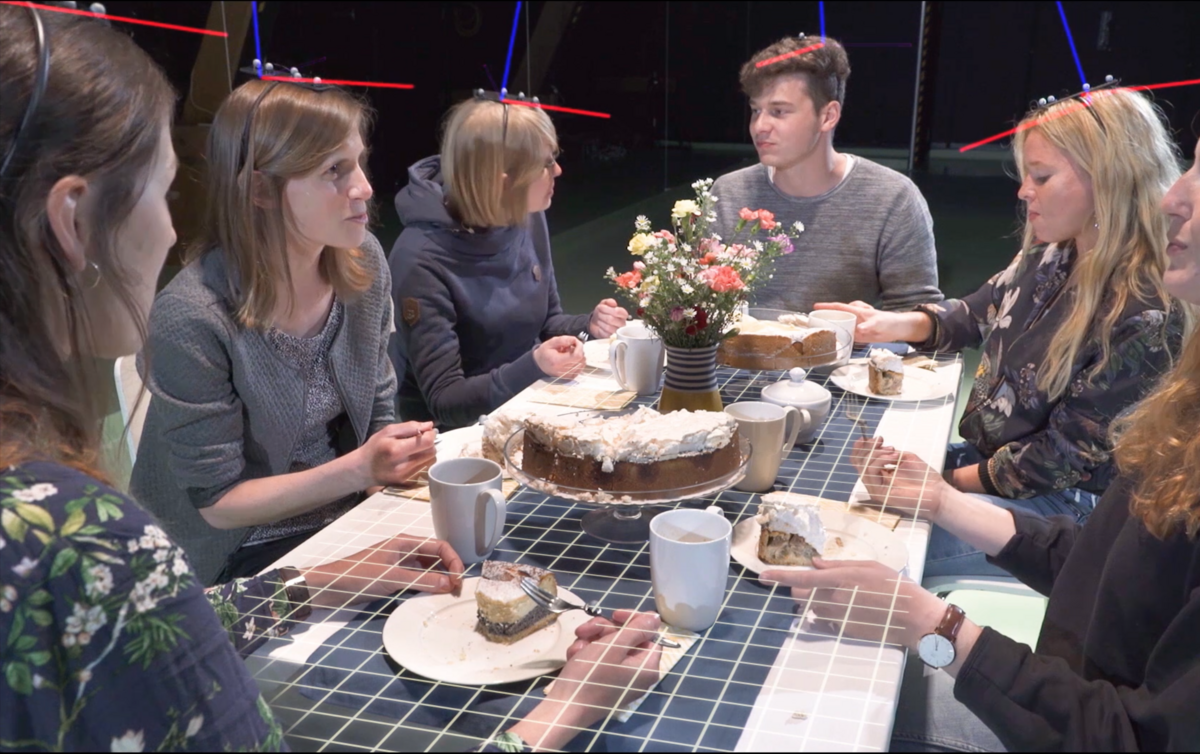
Collective appetite
How is eating shaped by social influence?
How was your last eating experience? Were you alone or together with someone? At the Collective Appetite project, we delve into the dynamics of eating within social groups.
Have you ever wondered why the last piece of cake is left untouched when we eat together in Germany? Maybe you have heard: “It is a matter of good manners” – or in German: “Das ist für den Anstand.” Beyond that, there is a myriad of other behaviours. These will now be decoded by the team around Britta Renner, that is behind the project Individual and Collective Appetite.
The aim of this project is to determine how eating together influences our relationships, behaviour, and experiences.
“When we think of food, we first think of nutrition or our health. But food is much more. It is, above all, something that brings people together at the table, fostering connections and sparking conversations,” explains PhD student Jana Straßheim. Eating together is in essence a deeply rooted human feature, with behaviours adopted during shared meals having consequences in many social contexts, from first impressions, romantic dating to business lunches or diplomatic negotiations.
In their studies, the team analyses behaviours - from subtle nuances of body language (kinesics) to the spatial dynamics (proxemics) of group movement - to explore different processes of behavioural synchronization within groups.

Therefore, they developed a new paradigm for the project, where they study groups of three participants, while experimentally varying food presentation and the valence of the group context. To continue their research during the COVID-19 pandemic, they came up with a mixed-reality commensality design, using a videoconferencing system and having lunch delivered to their participants’ door step.
Returning to their lab, they look at social interactions while eating or completing group tasks, using the 3D body posture imaging technology to make behaviour visible.
Step into the collective appetite lab
In addition, the researchers want to take it a step further. “We want to use automated coding to analyse behavioural synchronization in greater depth and combine it with perceived synchrony,” outlines Britta Renner. To automate data analysis, the team is collaborating for example with the project Human-in-the-loop analysis by Daniel Keim and his team from Computer Science.
“Behavioural observation studies in groups are very common in other disciplines, such as Biology, but are rare when we look at humans. The great thing about the Cluster is that we can learn from each other and think outside the box, when it comes to research ideas and new analyses,” says Britta Renner.
The team is working together with several funded CASCB projects to add continuously new analyses & techniques to their setup:
